River Ericht Catchment Restoration Initiative
The River Ericht: one of the most important spawning grounds for Atlantic salmon in Europe, is in crisis. Extreme weather caused by climate change, historic and current land management practices and invasive species, are damaging the quantity and quality of water in the river and the health of its vegetation, woodlands and wildlife. As a result, salmon numbers are in steep decline and in danger of disappearing altogether.
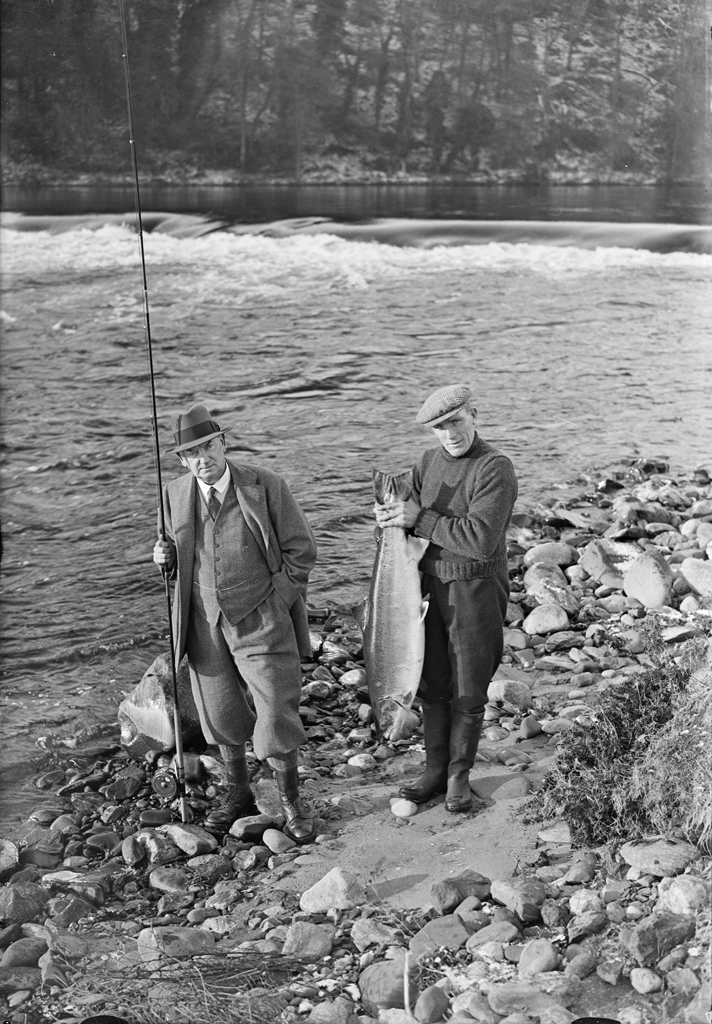 A salmon caught on the Tay near Dunkeld in 1936, photo courtesy of the Laing Photographic Collection
A salmon caught on the Tay near Dunkeld in 1936, photo courtesy of the Laing Photographic Collection
Our new River Ericht Catchment Regeneration Initiative has been set up in response to this crisis. With a founding group of local angling, environmental and community-led organisations, we want to take a catchment scale approach to reviving this important river system.
Our core group includes the two principal community anchor organisations in the catchment: Blairgowrie & Rattray Development Trust and Mount Blair Community Development Trust, one of the lead organisations for local wild fisheries expertise, the Tay Ghillies Association, the catchment’s principle community-led heritage and tourism destination, the Cateran Ecomuseum, Bioregioning Tayside and Palladium, a project developer experienced in creating investment opportunities for public and ethical private finance to work together to help fund and scale up initiatives that restore nature.
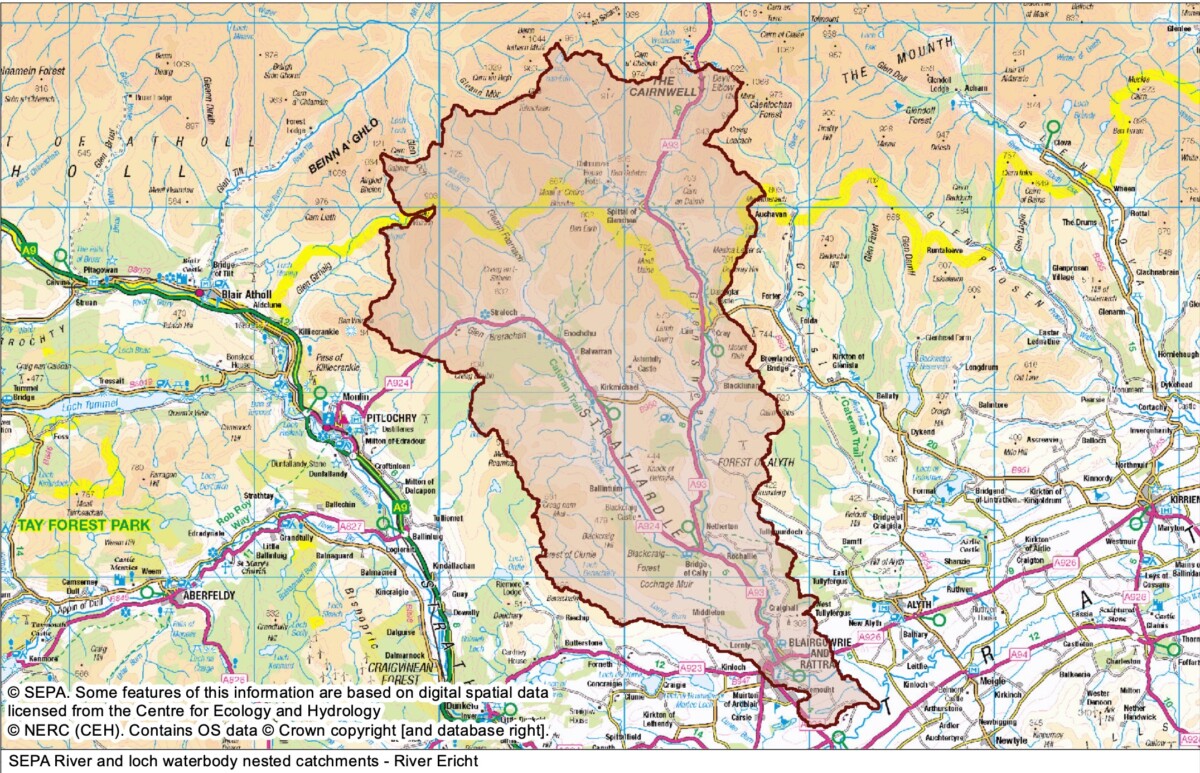 The River Ericht Catchment
The River Ericht Catchment
Together, we will engage landowners, farmers, businesses, communities, educational institutions, and relevant statutory bodies in restoring biodiversity, sinking carbon and enabling the sustainable livelihoods that depend on the salmon and the river to thrive now and in the future.
Our project is one of two that has won Riverwoods Investment Readiness Pioneers Programme support from the Esmee Fairbairn Foundation. Beginning in August 2023 we will begin to develop what we intend to be a replicable approach to:
- Attracting private and public investment into riparian restoration and nature recovery at different scales,
- Establishing a new dedicated investment vehicle (via a Special Purpose Vehicle) for the restoration initiative that involves local communities in its design, ownership and governance and which is designed to catalyse investment from community groups and individual community members, and
- Designing and model a place-based evaluation approach that evidences the benefit of nature restoration for all stakeholders involved in the catchment including local communities.
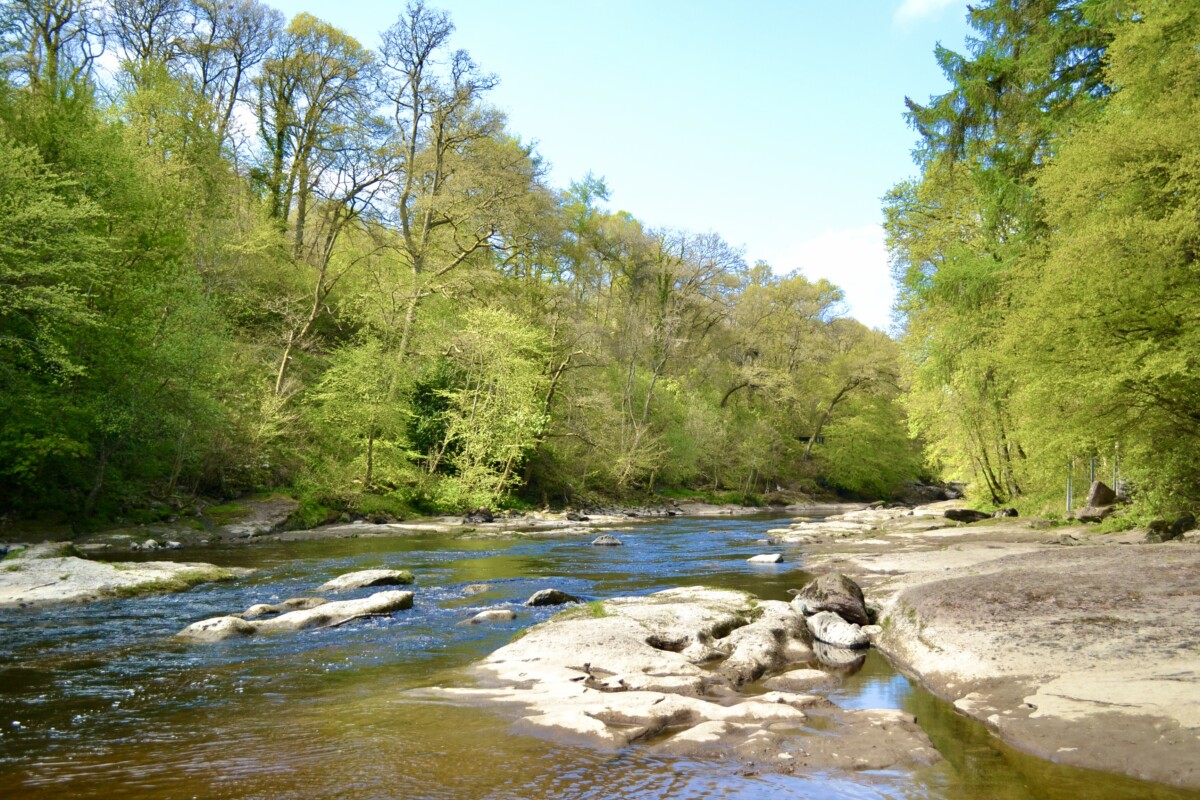 The River Ericht just north of the Brig ‘O’ Blair, photo Clare Cooper
The River Ericht just north of the Brig ‘O’ Blair, photo Clare Cooper
This first stage of the project will run from August 2023 to May 2024, and in the spirit of being a national demonstrator project, we will be sharing the learning from our our project along the way via our collective websites and, resources permitting, a series of short films.
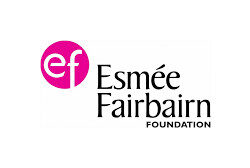
Alyth Burn Catchment Survey
In early 2023, in partnership with the Alyth River Keepers, the Cateran Ecomuseum and The Conservation Volunteers and with support from the Perth & Kinross Community Led Local Development programme, we began a new community-led survey of the Alyth Burn Catchment. You can read more about it here.
This work is part of a larger Bioregioning Tayside project investigating how community science can help monitor landscape change in the Tayside Bioregion.
We have intentionally chosen the community science frame because of its community driven and community controlled ethos. It is useful to note the difference between community science with the more commonly used concept, citizen science. Citizen science is typically instituted not by a community but by a researcher or team of researchers outside the community – i.e., it is driven by scientific professionals and experts.
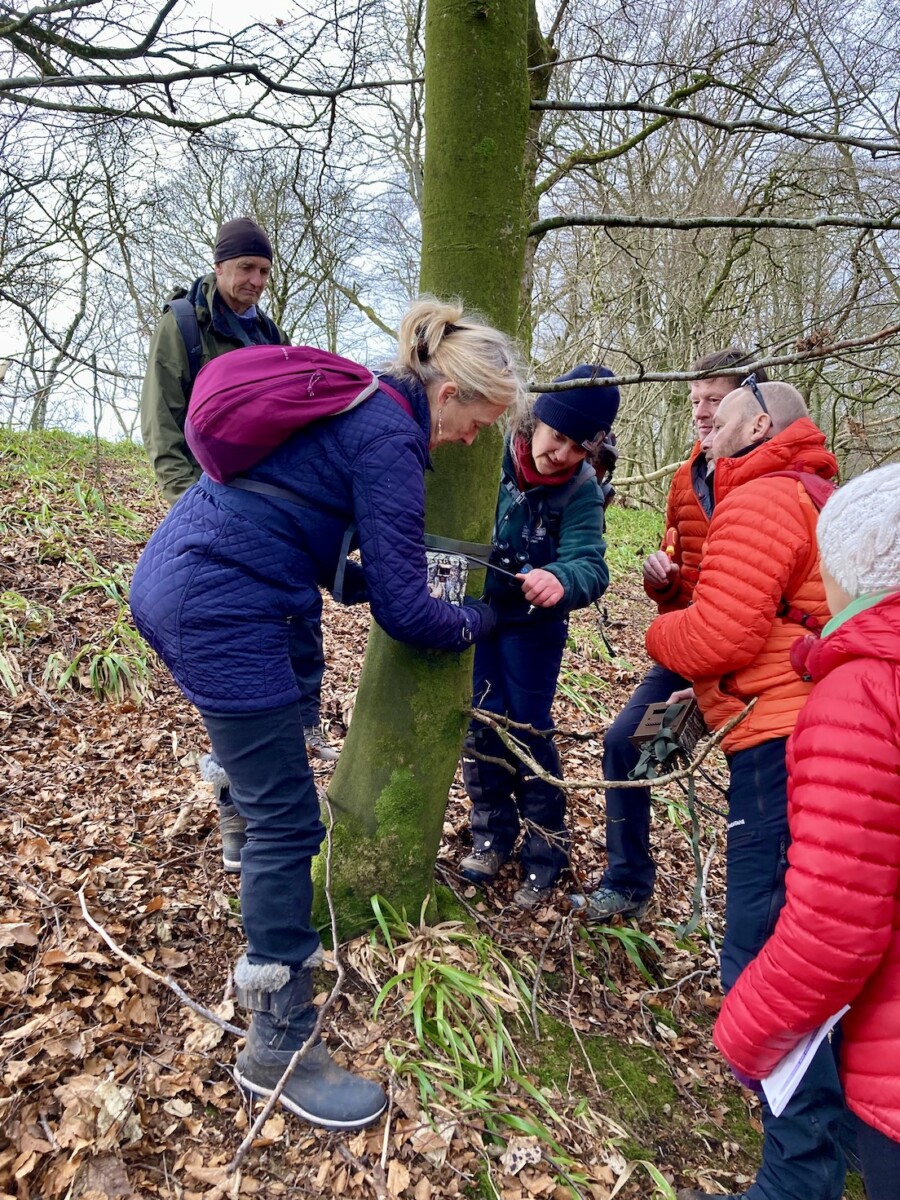 Setting camera traps to measure biodiversity in the Den ‘O’ Alyth, photo Clare Cooper
Setting camera traps to measure biodiversity in the Den ‘O’ Alyth, photo Clare Cooper
In contrast, community science is led by the community, which chooses whether or not to engage with any given scientific experts, whether internal or external. Further, the context in which community science emerges is strongly associated with the social-ecological system in which a community is embedded, including a set of shared beliefs, a strong connection to place and the self-organizing properties of the community from which iterative social learning arises.
This project began with mapping civic science, citizen science and community science projects in Tayside in order to understand how these fields of practice are being utilised, what methodologies are being used, where the data is being sent, how it is being used and by whom.
The project is also investigating whether, and if so how community science can contribute to the next round of Local Development planning through Local Place Plans. These are community-led plans, setting out proposals for the development and use of land and can include sites that support climate change adaptation, local initiatives for the promotion of active travel and community food growing and conservation of the natural environment. Once they have been registered by the planning authority, there is a legal responsibility to take them into account in the preparation of the Local Development Plan.
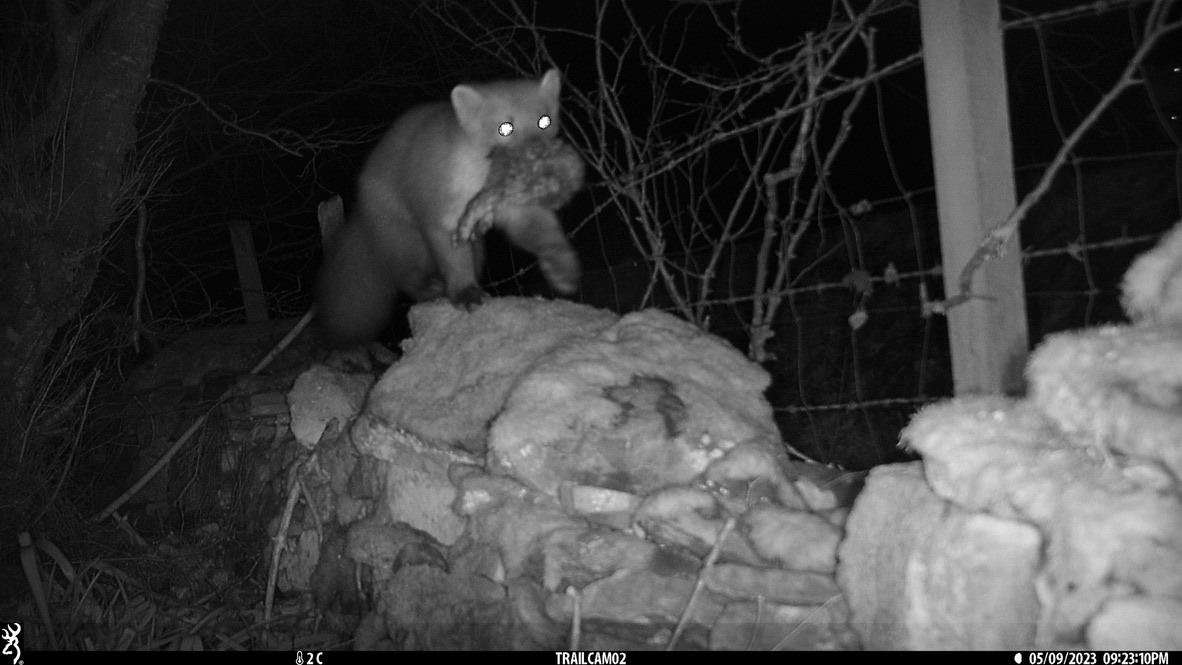 A Pine Marten with Prey captured on one of the camera traps being used in the survey
A Pine Marten with Prey captured on one of the camera traps being used in the survey
Research is also ongoing to identify a new digital platform, which will enable participatory science projects across Tayside to connect and collaborate and there are plans to bring stakeholders together on a regular basis.
The Alyth Burn Catchment Survey, along with two other live projects, will show how community science can offer opportunities to take local people through the process of understanding and valuing their landscapes, and planning, managing and monitoring landscape changes, particularly in relationship to flooding.
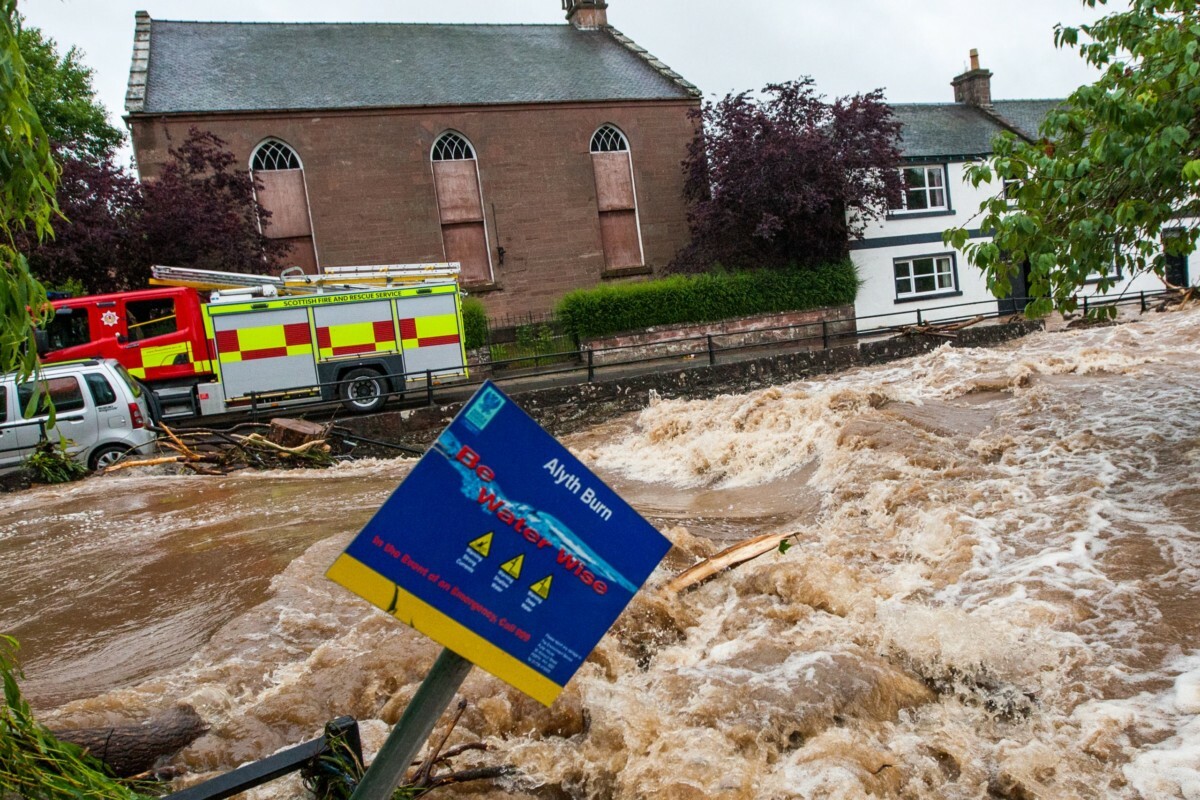 The Alyth Burn flooding in 2015, photo the Courier
The Alyth Burn flooding in 2015, photo the Courier
All this work will then hopefully lead in to the development of a new governance structure for participatory science in Tayside, one which links grassroots organising, socially situated data collection, and accessible technology, harnessing it in the service of community empowerment and resilience. Rewiring the way we organise, govern and show up together will be critical to a viable future and it is already clear from the work this project has undertaken so far that whilst there is a lot going on in the field of participatory sciences in our Bioregion, it is fragmented, disconnected and very underfunded. This hugely valuable work involving so many civil society actors could be much better harnessed in helping us make that leap to a more liveable world.